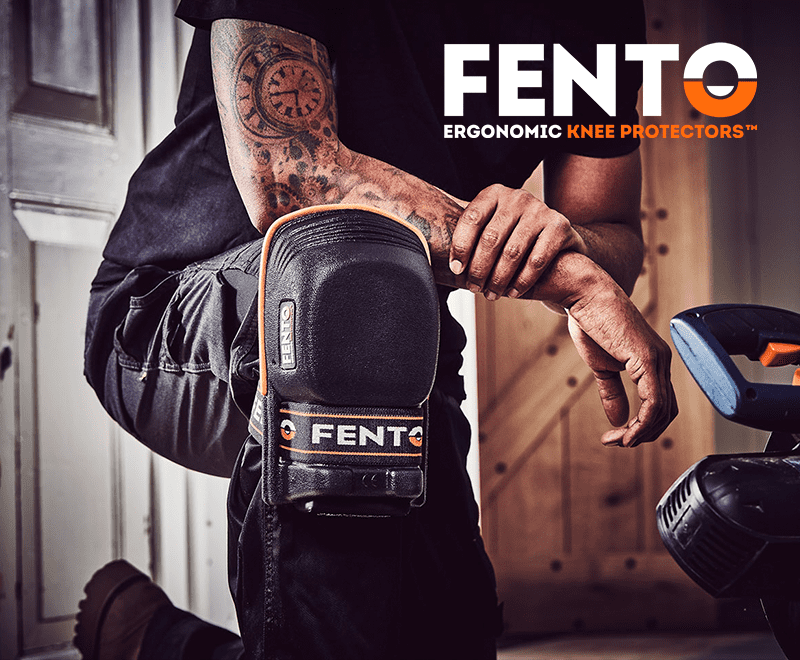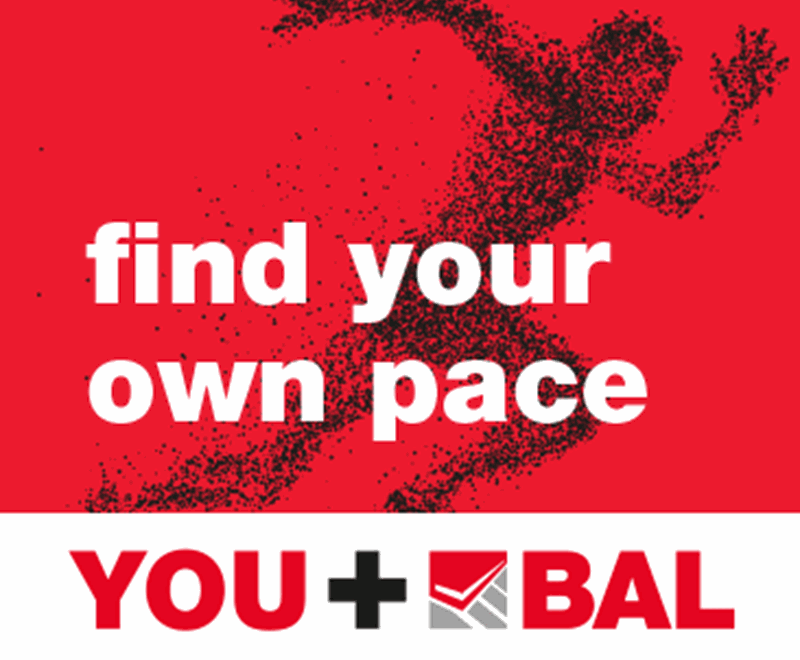David Wilson, UK head of standards and specification at BAL, provides a fixing guide for the increasingly popular large format tiles
Large format tiles have changed the way tilers go about tiling walls and floors, but no matter how we resist change, tiles are getting bigger and bigger. Here are a few things to be mindful of when choosing or working with large format tiles.
For large format tiles, with a surface area >3,600cm² (with no tile edge > 1,200mm), the first thing to be mindful of is the placement of ceramic tiles, leaving adequate joint widths between the tiles.
Joints between ceramic wall tiles should be at least 2mm wide. British Standards advises that for large format tiles, a minimum joint width of 3mm is required. In the case of ceramic panels, the joint width should be increased pro-rata to the size of the panel. Butt-jointing tiles is not advised.
The joint widths between tiles should take into account the type, size and permissible dimensional tolerances of the tiles. A suitable grout must also be chosen for the expected use of the tiling whilst in service.
The second thing to be mindful of is the selection of the correct adhesive for the type and size of ceramic tile to be installed – especially large format tiles and ceramic panels.
For the installation of large format porcelain tiles, use a suitable improved cementitious, highly polymer-modified tile adhesive.
Also, it’s advantageous to use tile adhesives with additional properties of extended open time and reduced slip resistant properties for wall tiling with larger wall tiles (such as BAL Flex One for walls, or XL Floor One for floors).
The need for solid bed fixing is a must, as poor contact will potentially lead to tiles cracking and/or debonding. Do not spot fix ceramic tiles with tile adhesive.
Tiles should be solidly supported by the adhesive. Air pockets or voids beneath the tiles are potential points of weakness due to an impact from a heavy object. Tile adhesive should always be applied to the wall using a suitable notched trowel as per the adhesive manufacturer’s recommendations. In addition, back butter large format tiles by applying a thin bed of adhesive on the back of the tiles to fill in any deep keys or heavily buttoned back tile profiles before placing into the adhesive ribs, applied using the correct notched trowel to the wall.
When using XL Floor One, back-buttering may not be required – if the surface is level and flat – due to the product’s semi-pourable properties. Occasionally lift a tile to check adhesive contact to check for any voids beneath the tiles.
The product also offers 1.5 hour pot life and 1 hour open time on the floor gives fixers more time when handling and fixing large format tiles, which may require specialist handling equipment.
You should also be mindful of preparing the background i.e. pre-levelling of the floor or wall as per the adhesive manufacturer’s recommendations prior to using the tile adhesive. This will help ensure you have a flat surface to tile and help ensure solid bed fixing is achieved.
BAL has a number of options for floor levelling including BAL Level Max – an all-rounder which can go from 3mm to 80mm in a single application – and is suitable for tiling after 4 hours at any depth.
Adhesive manufacturers have to continuously develop our products to suit new types and sizes of tiles. Products from 15 years ago were developed with a lot of different types of tiles in the marketplace. New products are developed for the tiles in the marketplace today.
Be mindful of this when choosing the right adhesive for the tile being installed.
www.bal-adhesives.com








